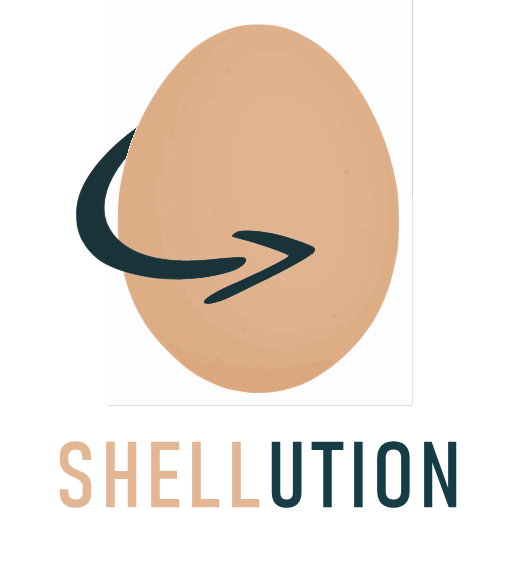
Project Designation
| Development of ECO-innovative products by incorporation of biogenic calcium carbonate (Residues)
|
Project Code
| POCI-01-0247-FEDER-033657
|
Main objective
| Enhance the technological development and the innovation
|
Region of Intervention
| Centre, Lisbon
|
Beneficiary
| OMYA, S.A THE NAVIGATOR COMPANY, S.A.
DEROVO, S.A
INSTITUTO PEDRO NUNES
RAIZ |
Total eligible cost
| 699.549,26€
|
Financial support EU
| FEDER – 426.037,74€
|
Start date
| 01-07-2018
|
Shellution
Project name: Shellution – Development of ECO-innovative products by incorporation of biogenic calcium carbonate (Residues)


Summary
Today, the recovery and valorization of waste and by-products generated by industry are actions by which people should be concerned for the welfare of the biosphere. The common perception of "waste" is something that cannot be used or valued, discarding the hypothesis of its reintroduction in the market. To change this concept, taking into consideration the theme of Circular Economy, a waste has to be seen as an innovative product, with the ability to replace part or even totally the original raw materials used in industry. As stated in the “National Infoday of Raw Materials" in Lisbon 2014, under Horizon 2020 “Today many of the wastes must be designated as (secondary) raw materials".
Calcium carbonate is generally considered as the main component of rocks such as limestone, and is a raw material used in various industries such as paper, cement, paints, ceramics or even in agriculture for acidity treatment of the soils. Generally, the industry uses calcium carbonate of geological or precipitated origins as filler and pigment. However, there are other origins of calcite, called biogenic, such as cirripeds and oviparous, where chicken can be highlighted. The chicken eggshell has a percentage of 95-96% of calcite. By the use of eggs directly or indirectly in human food, it becomes evident that there is a high quantity of eggshell residues that are not used, and as such are sent to landfill disposal. It should be noted that at the Portuguese national level, in egg separation and treatment companies, this waste is around the value of tons / year.
This project aims to incorporate membrane-free eggshell waste / by-products into the paint and paper industries. The primary objective is to replace calcium carbonate of geological origin with biogenic calcium carbonate, which will allow to achieve a calcium carbonate with a lower energy cost, since the amounts associated with extraction and grinding are strongly reduced in the case of eggshell. However, the main focus of the industrial research is on harnessing the sui generis characteristics of the eggshell, such as its morphology, giving this filler characteristics that are unsurpassed in natural or synthetic processes, enhancing the properties of the end products.
